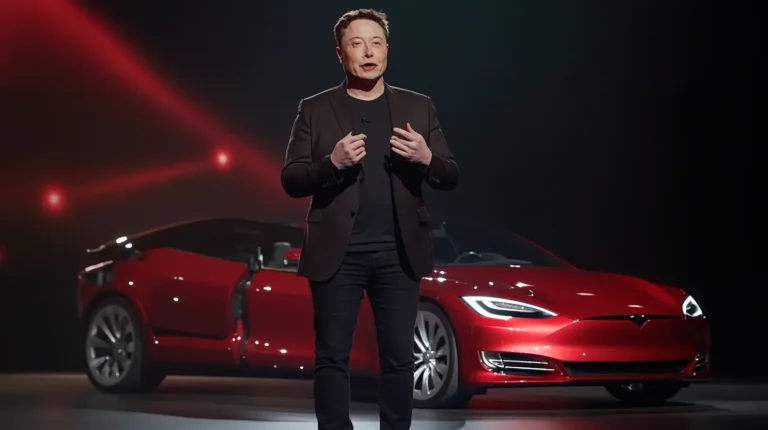Tesla Inc. (NASDAQ:TSLA) reported record-breaking vehicle deliveries and energy storage deployments for the fourth quarter, but its delivery numbers fell short of market expectations, leading to a 6.1% drop in its stock price by the end of Thursday’s trading session.
In the fourth quarter, Tesla delivered 495,570 vehicles, below the consensus estimate of 512,277. Analysts from Bernstein and RBC had forecasted delivery expectations ranging between 500,000 and 520,000 units. The company also produced approximately 459,000 vehicles during the same period. Deliveries for the Model 3 and Model Y models accounted for 471,930 units, with the remaining 23,640 deliveries coming from other models.
For the full year, Tesla’s total deliveries reached 1.79 million vehicles, with the Model 3 and Model Y making up the bulk of those figures at over 1.7 million units. Despite this, the company experienced an annual decline in EV sales for the first time in more than a decade. Tesla also reported deploying 31.4 GWh of energy storage products for the year, with 11.0 GWh of that achieved in the fourth quarter alone.
Tesla plans to release its financial results for Q4 2024 on January 29, 2025, after the market closes.
Analysts at Wedbush described the Q4 delivery figures as “respectable,” but noted that the Street had been anticipating a delivery number exceeding 500,000 units. Despite the shortfall, the firm maintained its Outperform rating and $515 price target for Tesla’s stock. Wedbush remains optimistic about Tesla’s future, highlighting its potential for 20%-30% delivery growth in 2025 and the anticipated launch of a lower-priced EV early that year, which could significantly boost sales.
Wedbush also pointed to Tesla’s ongoing advancements in autonomous driving technology, such as Full Self-Driving (FSD) features, as a key driver for the company’s future growth. They suggested that increased adoption of FSD, potentially exceeding 50%, could transform Tesla’s financial model and profit margins. The firm believes that Tesla’s valuation, driven by its leadership in artificial intelligence and autonomous technologies, could climb from $1 trillion to $2 trillion within the next 12 to 18 months. Key milestones for this growth include the launch of Tesla’s Cybercab and expanded penetration of its FSD technology.

